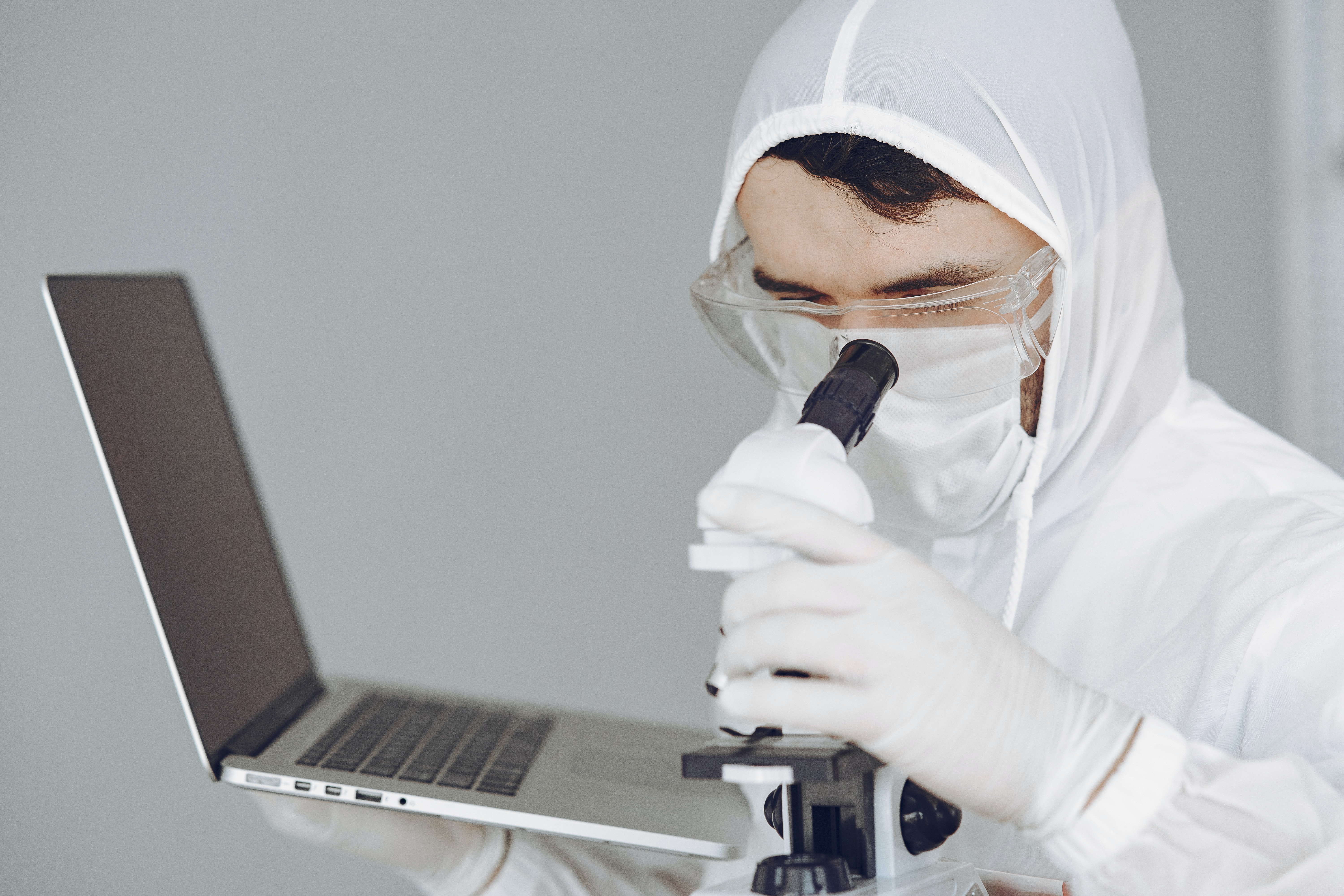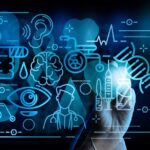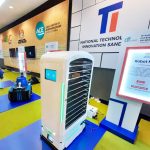COVID-19 has taken a huge toll on the healthcare industry. Like it or not, hospitals and medical professionals are the worst affected by this pandemic. And to date, more than 400 thousand people have succumbed to the deadly virus.
As the healthcare industry grapples with COVID-19, digital health has taken a front seat of defense. Businesses have quickly joined in to innovate and help curb the spread of the virus with technologies.
Accelerating research using AI
In the age of technology, Artificial Intelligence (AI) is a great frontier for the healthcare industry especially now with the current outbreak. AI’s capabilities to gather, process, and display information are done through machine learning algorithms and deep learning is a crucial contributor to identify and diagnose any symptoms.
Skymind Holdings, an AI ecosystem builder helped to boost Malaysian Hospitals’ capabilities. An Axial AI-based system was given to a hospital in Kuala Lumpur to advance the adoption of analytical and AI research on the coronavirus.
This allows medical professionals to analyse the advancement of the virus in patients’ faster and with an accuracy rate of more than 90-percent. The system is designed to work with patients’ data and have a contextual understanding, with use of the gathered information to curate the data and with the power of AI to support precision diagnosis.
With this system, the research would provide information and understanding for early intervention.
As AI becomes one of the tools to tackle the virus, Huawei Cloud and HY Medical also jumped in and developed an AI platform to fight the pandemic. The AI-assisted medical image analysis system is sent to hospitals to analyse hundreds of CT scans allowing doctors to provide diagnosis within one minute.
This technology leverages on cloud services and enables early detection and diagnosis, so that hospitals quickly identify infected patients.
Deploying IoT to combat the virus
As we talk about the evolution of technologies in the healthcare industry, IoT companies do play a crucial role in supporting healthcare during the COVID-19. For example, VivaLNK a leading provider of connected healthcare solutions has developed a wearable sensor with their partners to continuously monitor body temperature and to alert of any changes in patients’ temperature.
The IoT- enabled sensor is applied directly onto the patient and this allows real-time body temperature monitoring continuously. The data is then collected and remotely transmitted to the On-Premise Server. So when there’s a spike in temperature, medical staffs are alerted with patient’s identity and room, and can respond accordingly.
How technology has advanced over the year, or at least from what I remembered – the nurse used to have to physically check my temperature hourly (disrupting my sleep). Fast forward to today, this wearable sensor can be monitored remotely and automatically, preventing cross-infection between patient and medical frontliners.
And of course, the nature of frontliners’ jobs put them at high risk of contracting the coronavirus, especially with multiple visits to patients’ rooms. So, to reduce the exposure to the virus, a Singapore-based Medtech Startup, ABM Respiratory Care has developed an IoT-enabled tele-ventilator to reduce risk of infection.
Over the months, conversations about the virus have centered around the lack of ventilators, and how any patient on it needs to be closely monitored. However with this tele-ventilator, healthcare professional can remotely monitor and program the device in real-time from anywhere with a single touch as opposed to the conventional, manual method.
Safe to say, medical professionals would not have to physically check on alerts or re-program the device accordingly to the patient. A single online dashboard from any location can do this instead, and securely.
The conventional method may not be feasible; especially when multiple ventilators are required to be monitored at the same time. Well, this breakthrough innovation, can monitor more patients remotely.
Technology is proving to be a game-changer especially in the healthcare industry. Can we go so far as to say, technology can save lives?







